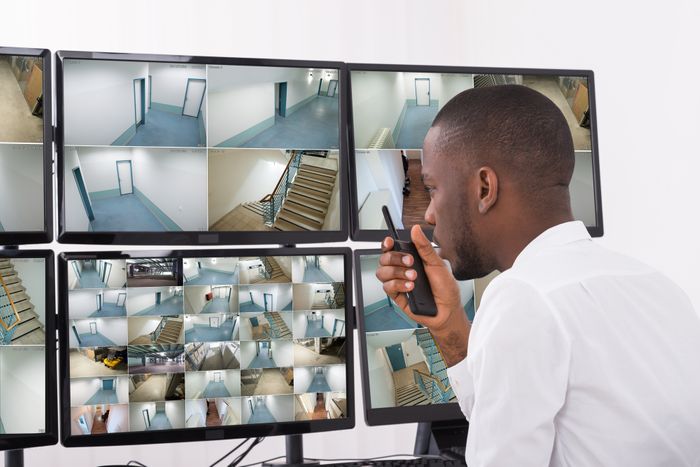
- March 1, 2021
- |security guard company, security guard services
- | 0
Surveillance refers to the gathering and processing of information for research, management, or direction. This can include observing something from a distance, via electronic equipment, such as CCTV or interception of electronic communication, such as Internet traffic. Information technology is just as important as human intelligence gathering and postal surveillance.
Camera Surveillance
Video cameras used for surveillance are video cameras used for observing an area. They can be monitored with a surveillance camera, and may be monitored by a guard or law official. Cameras and recording equipment used to be relatively expensive and required human personnel to monitor camera footage, but analysis of footage has been made easier by automated software.
Automated surveillance software organizes digital video footage into a searchable database, and by video analysis software (such as VIRAT and HumanID). The length of motion-activated footage is shortened with the addition of motion detectors which only record when movement is detected. With cheaper production techniques, security cameras are readily available for use in our homes and for everyday use.
Corporation Surveillance
Corporations have used surveillance in the form of monitoring a person or group’s behavior to gain an advantage. The data collected and used by corporations specifically for marketing purposes but also shared with government agencies. It can be viewed as a form of business intelligence, which helps a corporation to customize their products and/or services in order to be more desirable to their customer base.
It is widely believed that monitoring can increase productivity, but it can also increase deviant behavior and create punishments that are not proportional to their actions. Monitoring can cause resistance and backlash because of the implication of suspected misdeeds.
Counter-surveillance
Counter-surveillance involves not being observed, or making it difficult for a surveillance to succeed. The area of social and technological developments such as the Internet, increasing prevalence of electronic security systems, high-altitude UAVs, and large corporate and government databases have caused counter surveillance to dramatically grow in scope and complexity.
Inverse surveillance is the practice of monitoring other individuals or groups without being observed by them (e.g., citizens photographing police). Prominent examples of activist groups are the Rodney King beating and copwatch, which seeks to document police misconduct. Counter-surveillance can be used in preventing corporate espionage, and for tracking the illegal activities of other criminals. It can also be used to stop stalker tactics used by entities and organizations.
What is Sousveillance?
Sousveillance involves the observation undertaken by the subjects themselves rather than by the government or a company. Sousveillance is the gathering of data from an ongoing activity, typically by means of small wearable or portable technology devices.
The term “sousveillance”, coined by Steve Mann, stems from the contrasting French words sur, meaning “above”, and sous, meaning “below”, i.e. “surveillance” denotes the “eye-in-the-sky” watching from above, whereas “sousveillance” denotes bringing the camera or other means of observation down to human level, either physically (mounting cameras on people rather than on buildings), or hierarchically (ordinary people doing the watching, rather than higher authorities or architectures doing the watching.)
Contact us today to get started with our surveillance services.


